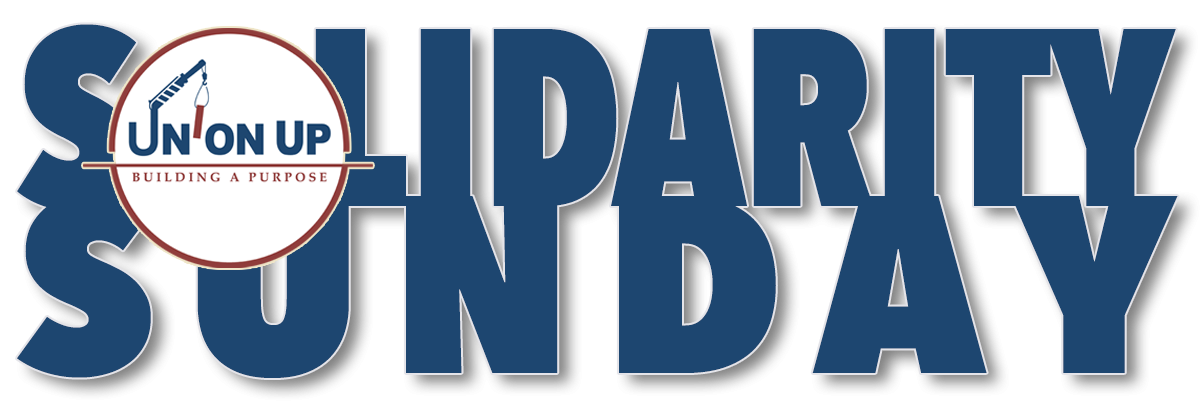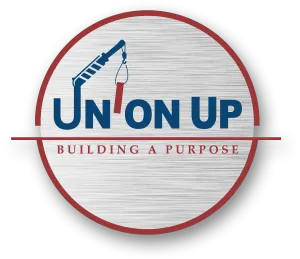
Solidarity Sunday: Searching for Your Local
Part 2 of "The Role of Organizing and Advertising"
Warning: This is for the data nerds who like to know details about your Local Union as it relates to Google searches. It is a follow up to our last edition.
There's an old adage in our business. "Where do you bury a dead body? On page 2 of a Google search…because nobody ever looks there."
If someone searches for your trade union and the local chapter number, most local unions have at least enough digital tentacles to show up on page 1 of a search engine result. Those searches are usually by members or those who already have some relationship with you and search with the intention of finding you specifically.
But what about the 99% of queries that do not request you by name? How much does your local union brand matter then? How often do we convert people when someone is searching for queries like "electrical jobs near me" or "pipe fitter training courses" or "How much does a sheet metal worker make?"
In other words, how much does familiarity with your brand affect your ability to convert them (i.e. someone visiting your website, filling out a form, sending you an email, or calling you on the phone) when people are searching for a solution that your local union may provide, but are not looking for you specifically?
Google doesn't necessarily make that information available. It's their secret sauce.
But there are Google-related insights from 2022-2024 that address how brand awareness ties to improved conversion rates. While Google itself rarely publishes explicit "closing ratio" data, its research and thought leadership (often found on Think with Google) consistently emphasizes the importance of brand recognition in driving better marketing outcomes.
Here are 5 recent research studies for those of you interested in understanding how your brand affects your search results:
1. Think with Google: "The Messy Middle" (2022 Update)
• Key Insight: Google's updated "Messy Middle" research (Think with Google, 2022) underscores that consumers enter a complex, non-linear path to purchase. During this journey, a recognizable brand in the consumer's "consideration set" often wins out when the final purchase decision is made.
• Why It Matters: Being top-of-mind (brand awareness) means fewer barriers to conversion during the messy, back-and-forth phase. Organizations that invest in branding stand a better chance of capturing final sales.
• Source: Think with Google - Marketing in the AI era. (2022). Decoding decisions: Making sense of the messy middle.
2. Think with Google: Brand vs. Generic Search Conversions (2022-2023)
• Key Insight: While not an official, large-scale statistic released by Google for every industry, multiple Google Ads case studies cited on Think with Google (2022-2023) show that brand-specific search campaigns often have 2-3 times higher conversion rates than non-branded (generic) campaigns.
• Why It Matters: This directly indicates that consumers who already know (and search for) your brand name are more likely to convert, thus improving your closing ratio and potentially boosting the average sale.
• Reference: Think with Google. (2023). Case Studies in Search: How Branded Queries Drive Higher Conversions.
3. Google Marketing Live Insights (2024)
• Key Insight: During Google Marketing Live 2023, Google shared that upper-funnel strategies (e.g., awareness campaigns and brand-building) feed the lower funnel (direct conversions) more effectively over time (Google, 2023).
• Why It Matters: By establishing brand familiarity early, you can increase the likelihood that a user will choose your brand and convert—often at a higher price point—rather than defaulting to a competitor.
• Reference: Google. (2023). Google Marketing Live Keynote.
4. Performance Max Campaigns: Insights on Brand Lift (2022-2023)
• Key Insight: Advertisers testing Google's Performance Max campaigns in 2022-2023 saw improvements in brand lift metrics (ad recall, brand awareness) correlate with more efficient cost per acquisition (CPA) and higher return on ad spend (ROAS).
• Why It Matters: While not strictly a "closing ratio," better brand recall improved overall marketing effectiveness, which in turn led to higher close rates when consumers entered the final purchase phase.
• Reference: Think with Google. (2023). Making the Most of Performance Max: Brand Lift Case Studies.
5. Google / Kantar Media Collaborative Studies (Ongoing through 2024)
• Key Insight: Google has partnered with Kantar on studies measuring brand uplift via YouTube campaigns (2022-2024). Preliminary findings show that strong YouTube brand campaigns can increase brand recall by up to 30%-50% in tested industries, which translates into better conversion metrics downstream.
• Why It Matters: Increased brand recall and recognition (especially on high-visibility platforms like YouTube) makes audiences more inclined to choose a known brand during final purchase decisions, boosting closing ratios.
• Reference: Google & Kantar. (2023). YouTube Brand Uplift Studies: A Joint Research Initiative.
Key Takeaways:
1. Brand Searches Outperform Generic Searches
Across various Google Ads case studies, brand-focused keywords produce higher conversion rates than non-branded queries. This indicates a direct link between brand awareness and the likelihood of closing a sale.
2. Strong Brand Recall Improves Funnel Efficiency
Google's research consistently shows that the more people recognize (and trust) a brand, the more efficient marketing becomes—translating to increased closing ratios and higher average sales.
3. Awareness Feeds Action
Even though building brand recognition can feel "top-of-funnel," it sets the stage for stronger bottom-of-funnel conversions. The net effect: a more profitable, sustainable marketing ecosystem.

